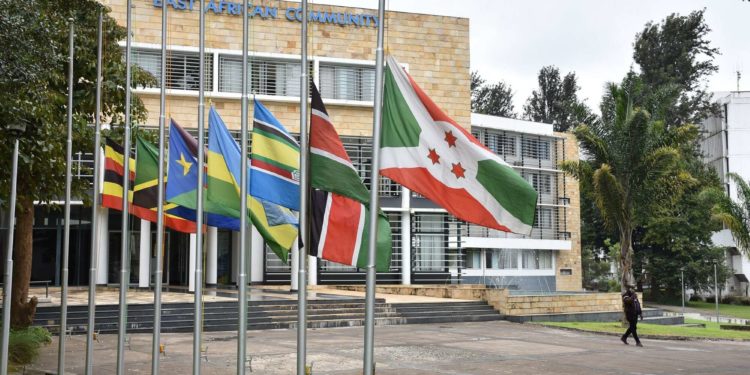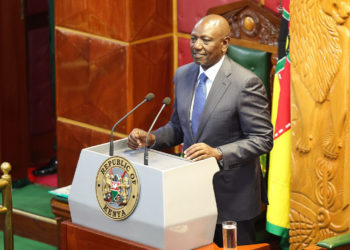The East African Community (EAC) has encountered setbacks in realizing its monetary union, a pivotal aspect of its economic integration objectives. Originally scheduled for achievement by November 2023, the monetary union, constituting the third pillar of EAC economic integration, has experienced delays, prompting a ten-year extension of the deadline.
The EAC Secretariat, tasked with coordinating community endeavors, is presently reassessing the macroeconomic convergence targets established in 2013. These targets, prerequisites for the implementation of a single currency in the region, are undergoing scrutiny due to acknowledged difficulties faced by some member countries in meeting the specified criteria.
Dr. Pantaleo Kessy, the principal economist overseeing monetary affairs at the EAC Secretariat, emphasized the necessity for a reassessment during a press briefing at EAC headquarters in Arusha, Tanzania, on Wednesday, November 23, 2023. He acknowledged that, despite a decade of efforts, some countries within the community are significantly behind in meeting the established convergence criteria.
Macroeconomic convergence, a crucial requirement for the monetary union, mandates that member countries maintain headline inflation below 8.0%, hold central bank reserves equivalent to at least 4.5 months of imports, and limit fiscal deficit and public debt to 3.0% and 50.0% of GDP, respectively. However, none of the EAC member countries has fully met these targets, with persistent challenges in fiscal deficits and public debts.
Dr. Kessy highlighted the evolving global economic landscape and the emergence of unforeseen risks and uncertainties since the establishment of the targets in 2013. He particularly noted the difficulty in achieving the fiscal deficit goal, often attributed to efforts to address infrastructure gaps.
As the EAC Secretariat extends the timeline to 2031 for achieving the convergence criteria, it recognizes the need for a comprehensive study, considering the changes in the economic environment since the initial negotiations in 2013. Dr. Kessy hinted at the possibility of further extensions if the criteria remain unattainable by 2031.
While macroeconomic convergence is a critical element, the EAC faces challenges in realizing other prerequisites for the monetary union. Pending tasks include the completion of customs union and common market protocols, the establishment of key institutions such as the East Africa Monetary Institute and the East Africa Statistics Bureau, and the harmonization of monetary and fiscal policies across partner states.
In conclusion, the EAC’s pursuit of a monetary union confronts significant hurdles, prompting a reevaluation of targets and timelines. The evolving global economic landscape and internal challenges within member states have contributed to the delays, necessitating a realistic assessment of the community’s path toward achieving its monetary integration goals.


















